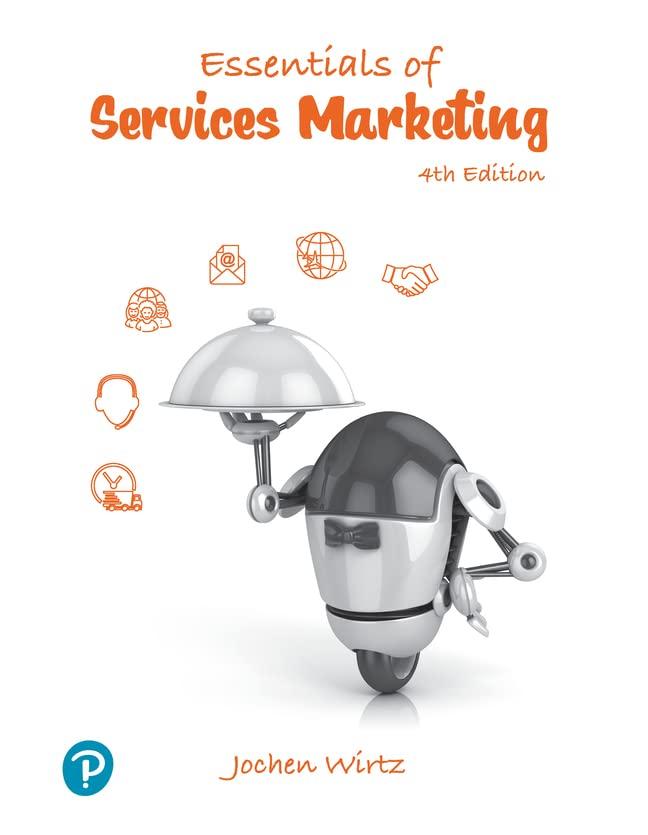Broadstripe, a small provider of cable, Internet, and phone services in four states (Michigan, Oregon, Maryland, and
Question:
Broadstripe, a small provider of cable, Internet, and phone services in four states (Michigan, Oregon, Maryland, and Washington) faced a difficult situation. Tony Lent, Chief Commercial Officer at Broadstripe, was convinced that the company had to dramatically improve its customer service.
However, how does a small cable company differentiate itself from better-known industry giants and establish a best-in-class customer experience? Should a company at the edge of bankruptcy invest in customer service altogether?
THE CABLE INDUSTRY
Traditionally, cable companies tried to appeal to customers with discounts for bundles of TV, Internet, and phone plans.
Customer service, however, had mostly been disregarded.
As a consequence, customer satisfaction ratings in the cable industry had been the lowest of any industry. Results of the American Customer Satisfaction Index (ACSI) showed that the largest providers (Comcast, Timer Warner Cable, and Charter Communications) only had an ACSI score average of 59 on a scale from 1 to 100 over the past 7 years, compared to an average of 82 for Internet retailers, 75 for banks, and 65 for airlines. Importantly, the cable industry was also lagging behind their satellite TV or telecommunication competitors, with DIRECT TV and DISH Network scoring an average of 68.
As competition from satellite TV and phone companies intensified, an increasing number of consumers disconnected their subscription TV services in favor of online video services such as Netflix and Hulu. Responding to these competitive pressures, cable companies turned to customer service to try and improve their negative reputation. Several cable companies began to develop customer-oriented policies. For example, Time Warner Cable offered an on-time guarantee that promised a service representative would show up on time for installations and service appointments. The company claimed that it was the first company in the industry to introduce the on-time guarantee. Comcast, the nation’s largest cable TV provider, had begun to offer a 30-day money-back guarantee and a $20 credit if a technician was late.
STUDY QUESTIONS
1. Explain the impact of a well-designed service guarantee on a firm’s service employees, service operations, current and potential customers, and marketing and sales.
2. Evaluate the design and communication of Broadstripe’s service guarantee. Would you recommend any changes?
3. Can the guarantee be successful in creating a culture for service excellence within Broadstripe? What else may be needed for achieving such a culture?
4. Do you think customers might take undue advantage of this guarantee and “stage” service failures to invoke the guarantee? If yes, how could Broadstripe minimize potential cheating on its guarantee?
5. Imagine you are in Lent’s position. How would you conduct the analysis, and what would you present to the management committee?
Step by Step Answer:






